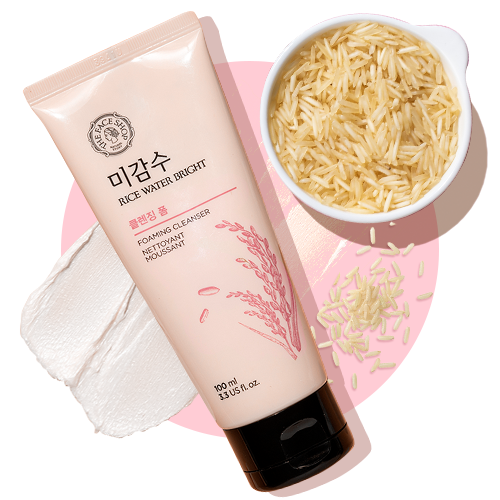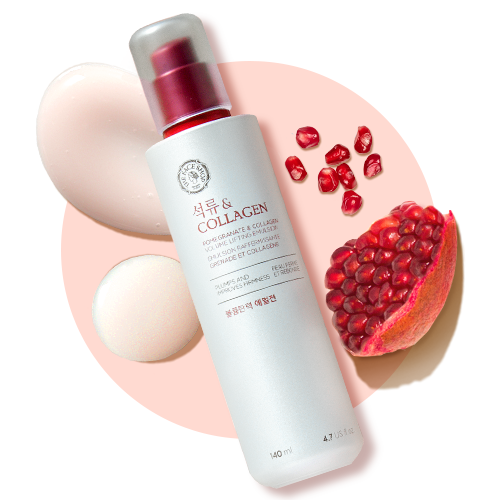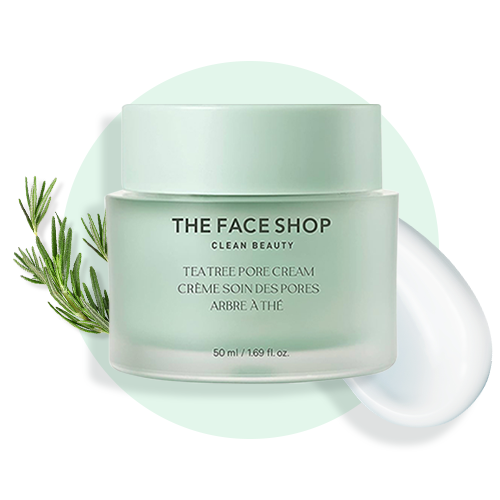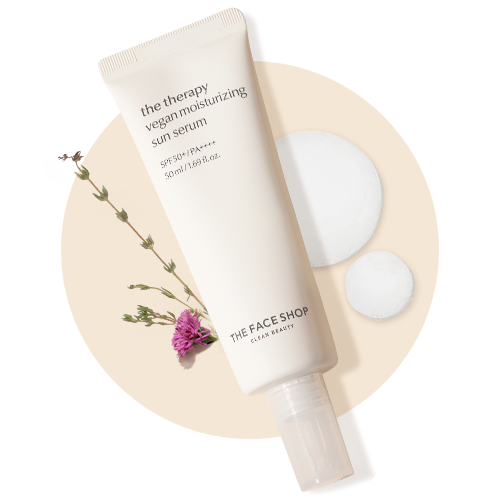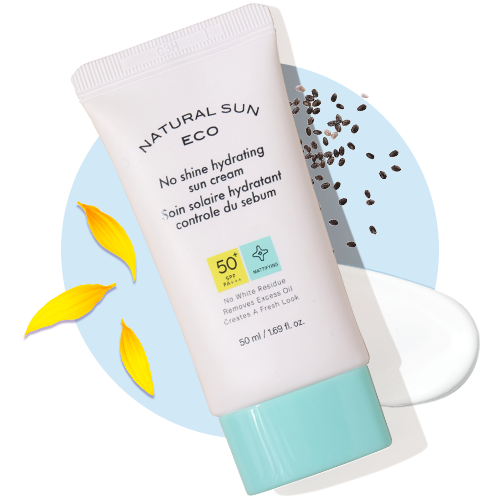What Are Ceramides and How Do They Work?
Ceramides are naturally occurring lipids that make up about 50% of your skin's outer layer. Think of them as the "mortar" between your skin cells, creating a protective barrier that prevents water loss and keeps irritants out.
Research published in Experimental Dermatology shows that ceramides enhance skin barrier function by:
- Reducing transepidermal water loss (TEWL) by up to 40%
- Optimizing skin pH for better moisture retention
- Strengthening the lipid bilayer structure
Key Benefits of Ceramides:
- Long-term hydration: Prevents moisture from escaping
- Barrier repair: Rebuilds damaged skin barriers
- Anti-aging effects: Reduces fine lines caused by dehydration
- Gentle for sensitive skin: Naturally compatible with all skin types
Understanding Hyaluronic Acid: The Moisture Magnet
Hyaluronic acid (HA) is a humectant that can hold up to 1,000 times its weight in water. It works by drawing moisture from the environment and deeper skin layers to the surface.
Studies in The Journal of Dermatological Science demonstrate that consistent HA use:
- Increases skin hydration levels by 96% within 8 weeks
- Stimulates natural collagen production
- Improves skin texture and reduces roughness
Key Benefits of Hyaluronic Acid:
- Instant hydration: Provides immediate plumping effect
- Deep penetration: Multiple molecular weights reach different skin layers
- Collagen support: Encourages natural collagen synthesis
- Universal compatibility: Works with all skincare ingredients
Ceramides vs Hyaluronic Acid: The Science-Backed Comparison
Hydration Mechanism
Ceramides: Create a protective seal to prevent water loss (occlusive) Hyaluronic Acid: Attracts and binds water molecules (humectant)
Speed of Results
Ceramides: Gradual improvement over 2-4 weeks Hyaluronic Acid: Immediate plumping, long-term benefits with continued use
Best For
Ceramides: Compromised skin barriers, eczema-prone skin, mature skin Hyaluronic Acid: Dehydrated skin, fine lines, all skin types seeking instant hydration
How to Layer Ceramides and Hyaluronic Acid for Maximum Benefits
The Perfect Routine Order:
- Cleanser: Start with a gentle, hydrating cleanser to prep your skin
- Hyaluronic Acid Serum: Apply to damp skin for better absorption
- Ceramide Moisturizer: Seal in the hydration with a quality moisturizing combo
- Sunscreen: Always finish with SPF during the day
Pro Tips for Application:
- Apply hyaluronic acid to slightly damp skin for enhanced absorption
- Use ceramide products on dry skin to create an effective barrier
- Layer from thinnest to thickest consistency
Which Ingredient Should You Choose?
Choose Ceramides If You Have:
- Sensitive or reactive skin
- Visible signs of barrier damage (redness, irritation)
- Mature skin with loss of firmness
- Eczema or dermatitis-prone skin
Choose Hyaluronic Acid If You Have:
- Dehydrated but not necessarily sensitive skin
- Fine lines and wrinkles
- Oily skin that still feels tight
- Need for immediate hydration boost
The Best Approach: Use Both
Dermatologists increasingly recommend combining both ingredients for comprehensive hydration. Korean skincare brands like The Face Shop have mastered this dual approach in their formulations.
Common Mistakes to Avoid
With Hyaluronic Acid:
- Using it in very dry climates without a moisturizer (can actually dehydrate skin)
- Applying to completely dry skin
- Using too much product (a little goes a long way)
With Ceramides:
- Expecting immediate results (they work gradually)
- Using products with synthetic ceramides that may not be as effective
- Skipping them if you have oily skin (all skin types need barrier support)
The Bottom Line: Your Skin Needs Both
While ceramides and hyaluronic acid work through different mechanisms, they're most effective when used together. Hyaluronic acid provides the immediate hydration boost your skin craves, while ceramides ensure that moisture stays locked in for lasting results.
For dry skin specifically, start with a hyaluronic acid serum for instant relief, then follow with a ceramide-rich moisturizer for long-term barrier repair. Consider incorporating weekly treatments for an extra hydration boost.
